
Stephen Crane was an American poet, novelist, and short story writer. Prolific throughout his short life, he wrote notable works in the Realist tradition as well as early examples of American Naturalism and Impressionism. He is recognized by modern critics as one of the most innovative writers of his generation.

John Herbert Varley is an American science fiction writer.
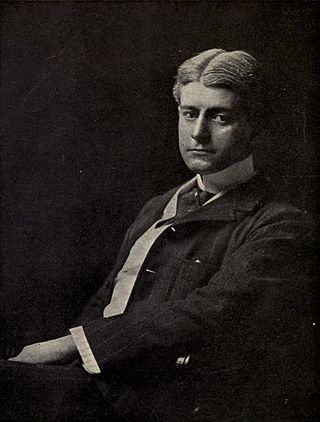
Benjamin Franklin Norris Jr. was an American journalist and novelist during the Progressive Era, whose fiction was predominantly in the naturalist genre. His notable works include McTeague: A Story of San Francisco (1899), The Octopus: A Story of California (1901) and The Pit (1903).
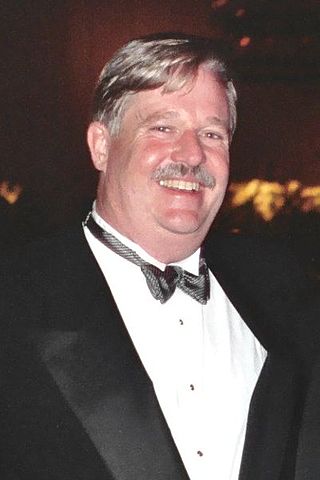
Armistead Jones Maupin, Jr. is an American writer notable for Tales of the City, a series of novels set in San Francisco.
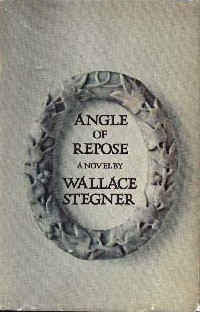
Angle of Repose is a 1971 novel by Wallace Stegner about a wheelchair-using historian, Lyman Ward, who has lost connection with his son and living family and decides to write about his frontier-era grandparents. It won the Pulitzer Prize for Fiction in 1972. The novel is directly based on the letters of Mary Hallock Foote, later published as A Victorian Gentlewoman in the Far West.
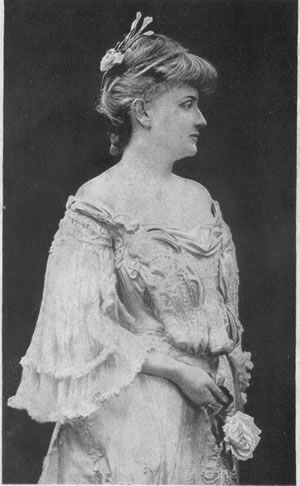
Gertrude Franklin Horn Atherton was an American writer. Many of her novels are set in her home state of California. Her bestselling novel Black Oxen (1923) was made into a silent movie of the same name. In addition to novels, she wrote short stories, essays, and articles for magazines and newspapers on such issues as feminism, politics, and war.
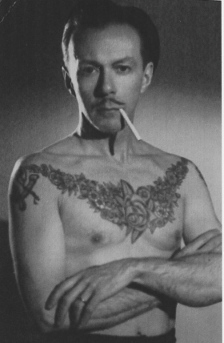
Samuel Morris Steward, also known as Phil Andros, Phil Sparrow, was an American tattoo artist and pornographer.

Kafka on the Shore is a 2002 novel by Japanese author Haruki Murakami. Its 2005 English translation was among "The 10 Best Books of 2005" from The New York Times and received the World Fantasy Award for 2006. The book tells the stories of the young Kafka Tamura, a bookish 15-year-old boy who runs away from his Oedipal curse, and Satoru Nakata, an old, disabled man with the uncanny ability to talk to cats. The book incorporates themes of music as a communicative conduit, metaphysics, dreams, fate, and the subconscious.

Gay literature is a collective term for literature produced by or for the gay community which involves characters, plot lines, and/or themes portraying male homosexual behavior.
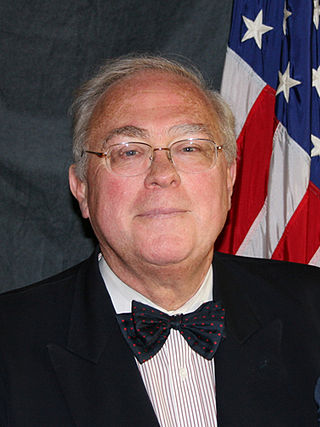
Kevin Owen Starr was an American historian and California's state librarian, best known for his multi-volume series on the history of California, collectively called "Americans and the California Dream."
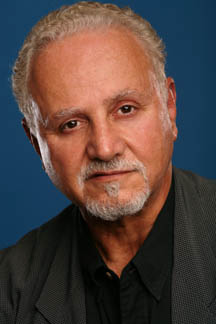
Felice Picano is an American writer, publisher, and critic who has encouraged the development of gay literature in the United States. His work is documented in many sources.

Lesbian literature is a subgenre of literature addressing lesbian themes. It includes poetry, plays, fiction addressing lesbian characters, and non-fiction about lesbian-interest topics. A similar term is sapphic literature, encompassing works that feature love between women that are not necessarily lesbian.

Jewelle Lydia Gomez is an American author, poet, critic and playwright. She lived in New York City for 22 years, working in public television, theater, as well as philanthropy, before relocating to the West Coast. Her writing—fiction, poetry, essays and cultural criticism—has appeared in a wide variety of outlets, both feminist and mainstream. Her work centers on women's experiences, particularly those of LGBTQ women of color. She has been interviewed for several documentaries focused on LGBT rights and culture.
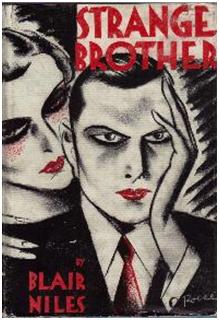
Strange Brother is a gay novel written by Blair Niles published in 1931. The story is about a platonic relationship between a heterosexual woman and a gay man and takes place in New York City in the late 1920s and early 1930s.
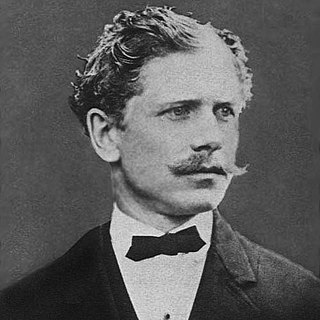
Ambrose Gwinnett Bierce was an American short story writer, journalist, poet, and American Civil War veteran. His book The Devil's Dictionary was named one of "The 100 Greatest Masterpieces of American Literature" by the American Revolution Bicentennial Administration. His story "An Occurrence at Owl Creek Bridge" has been described as "one of the most famous and frequently anthologized stories in American literature", and his book Tales of Soldiers and Civilians was named by the Grolier Club one of the 100 most influential American books printed before 1900.

Kevin Killian was an American poet, author, editor, and playwright, primarily of LGBT literature. My Vocabulary Did This to Me: The Collected Poetry of Jack Spicer, which he co-edited with Peter Gizzi, won the American Book Award for Poetry in 2009.
Steven G. Kellman is an American critic and academic, best known for his books Redemption:The Life of Henry Roth (2005) and The Translingual Imagination (2000).
Arthur Scott Evans was an early gay rights advocate and author, best known for his 1978 book Witchcraft and the Gay Counterculture. Politically active in New York City in the 1960s and early 1970s, he and his partner began a homestead in Washington state in 1972, then later moved to San Francisco where he became a fixture in the Haight-Ashbury neighborhood. In his later years, Evans remained politically active and continued as a translator and academic. His 1997 book Critique of Patriarchal Reason argued that misogyny had influenced "objective" fields such as logic and physics.
Better Angel is a novel by Forman Brown first published in 1933 under the pseudonym Richard Meeker. It was republished as Torment in 1951. It is an early novel which describes a gay lifestyle without condemning it. Christopher Carey called it "the first homosexual novel with a truly happy ending".

Lost Gay Novels is a 2003 reference guide written by Anthony Slide that provides commentary on 50 works of gay literature published between 1900 and 1950 that Slide found to be not well known by late 20th and early 21st-century audiences.
















